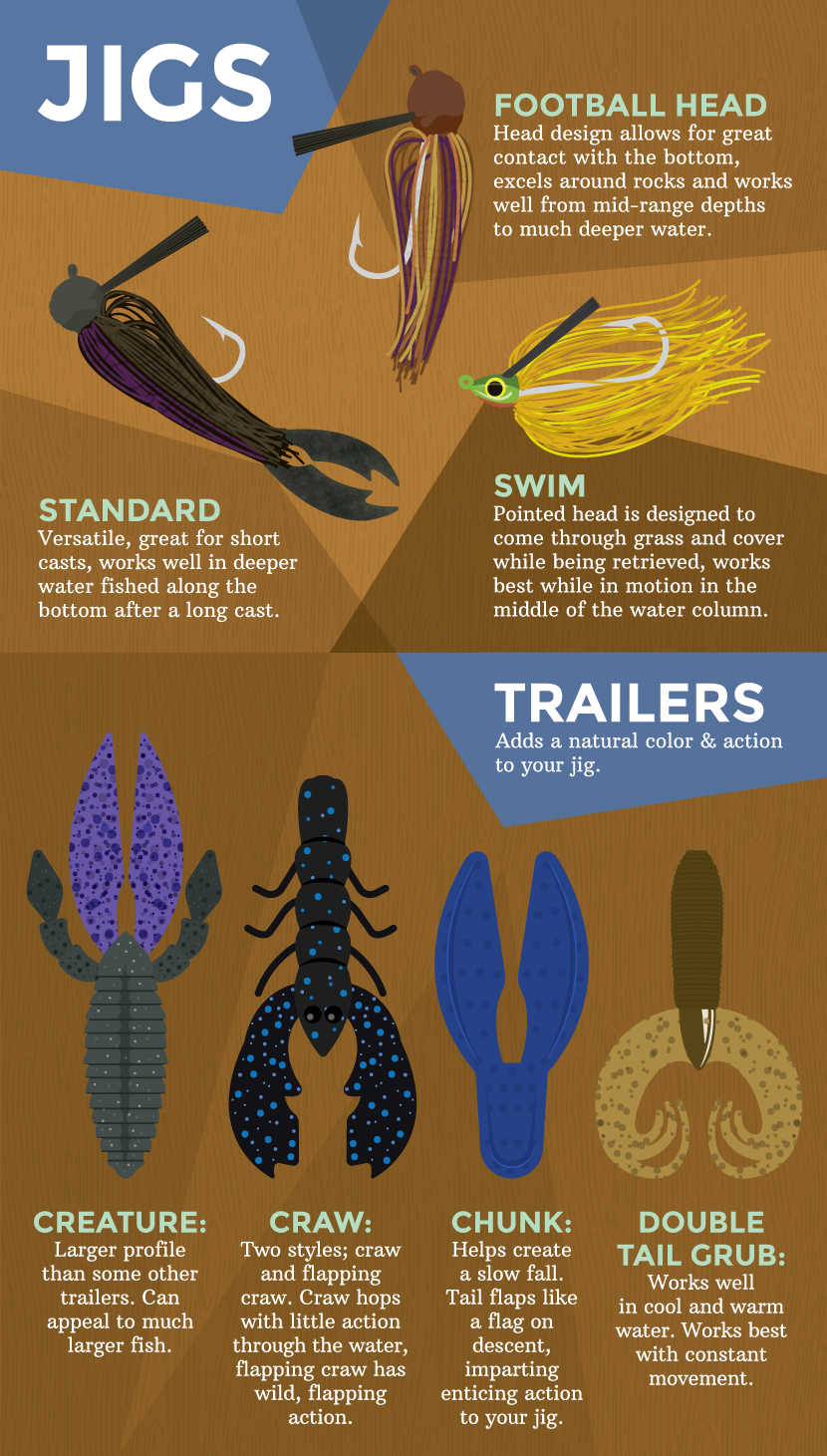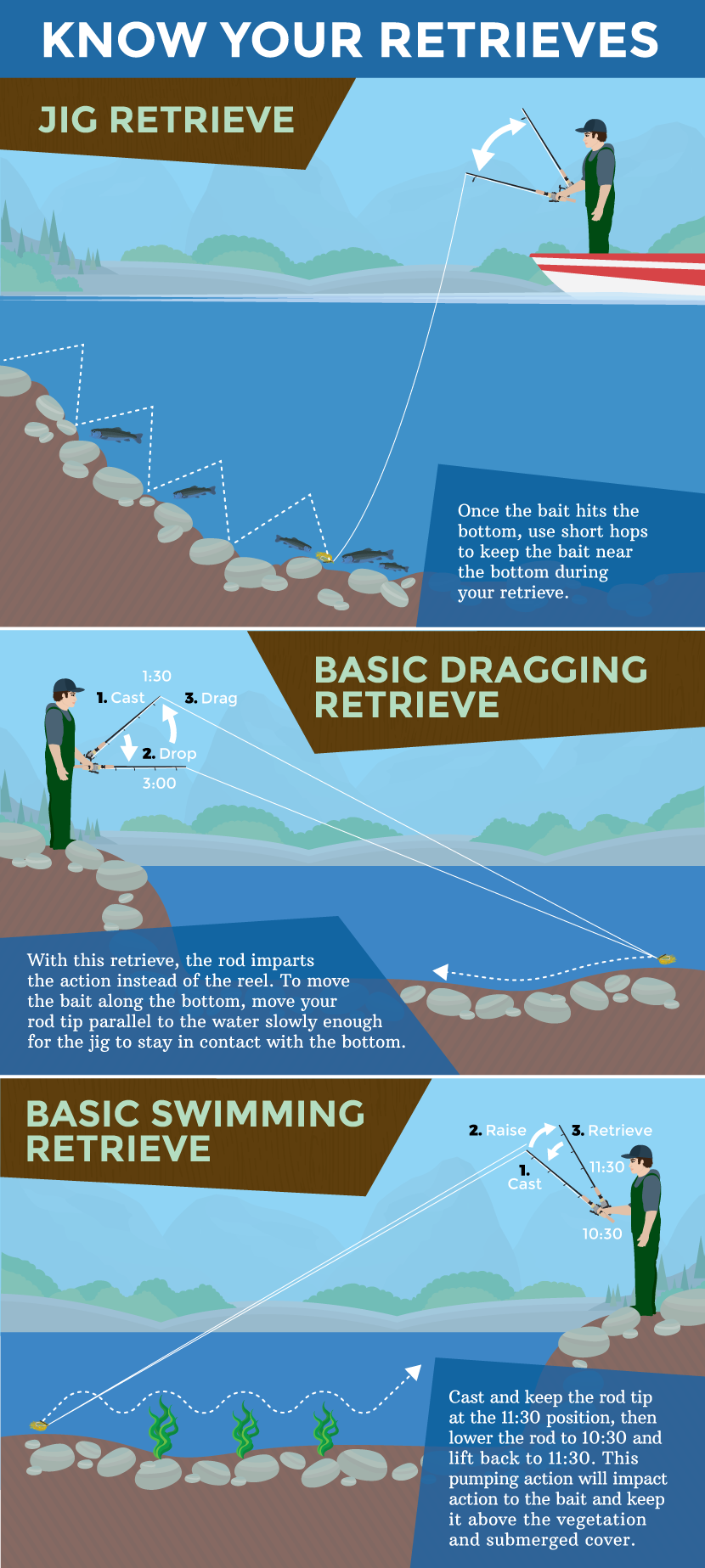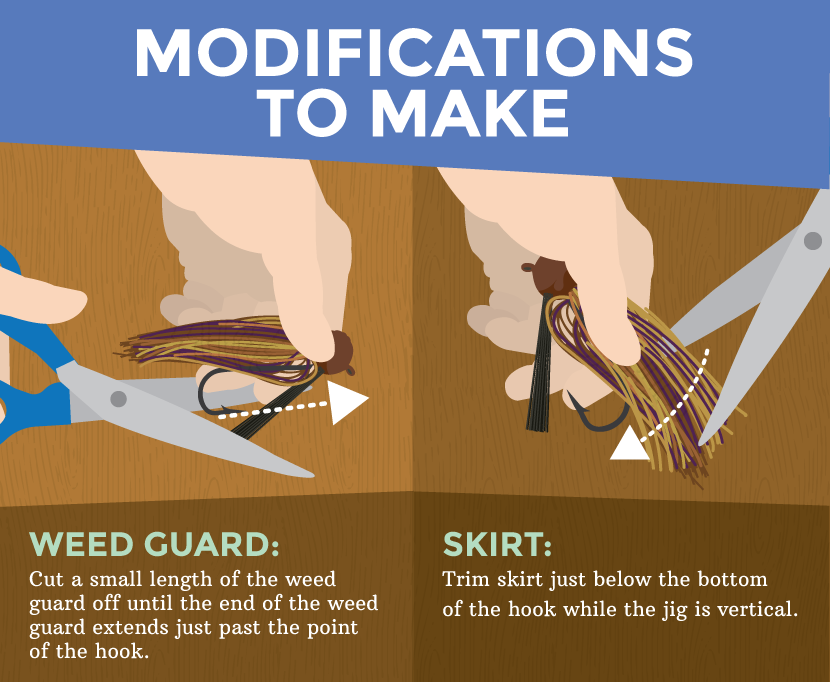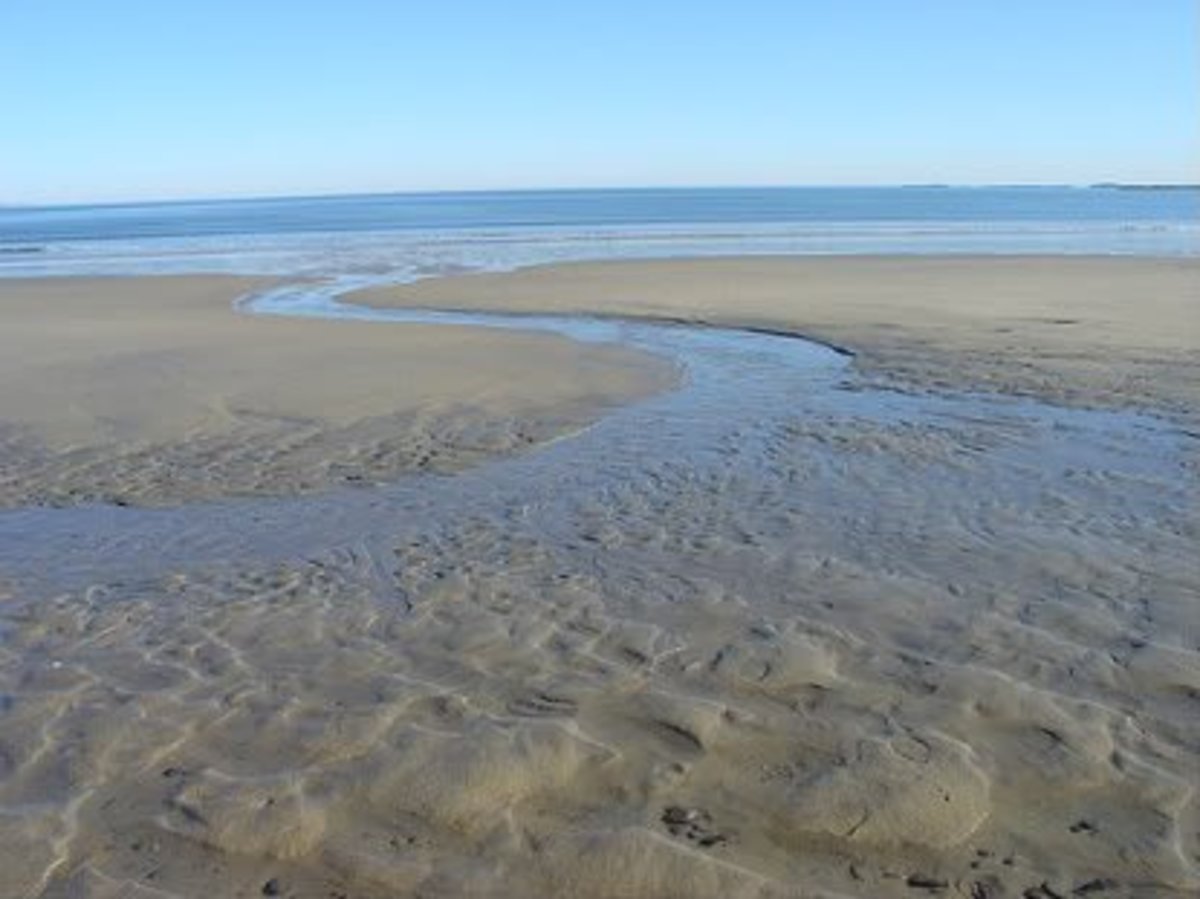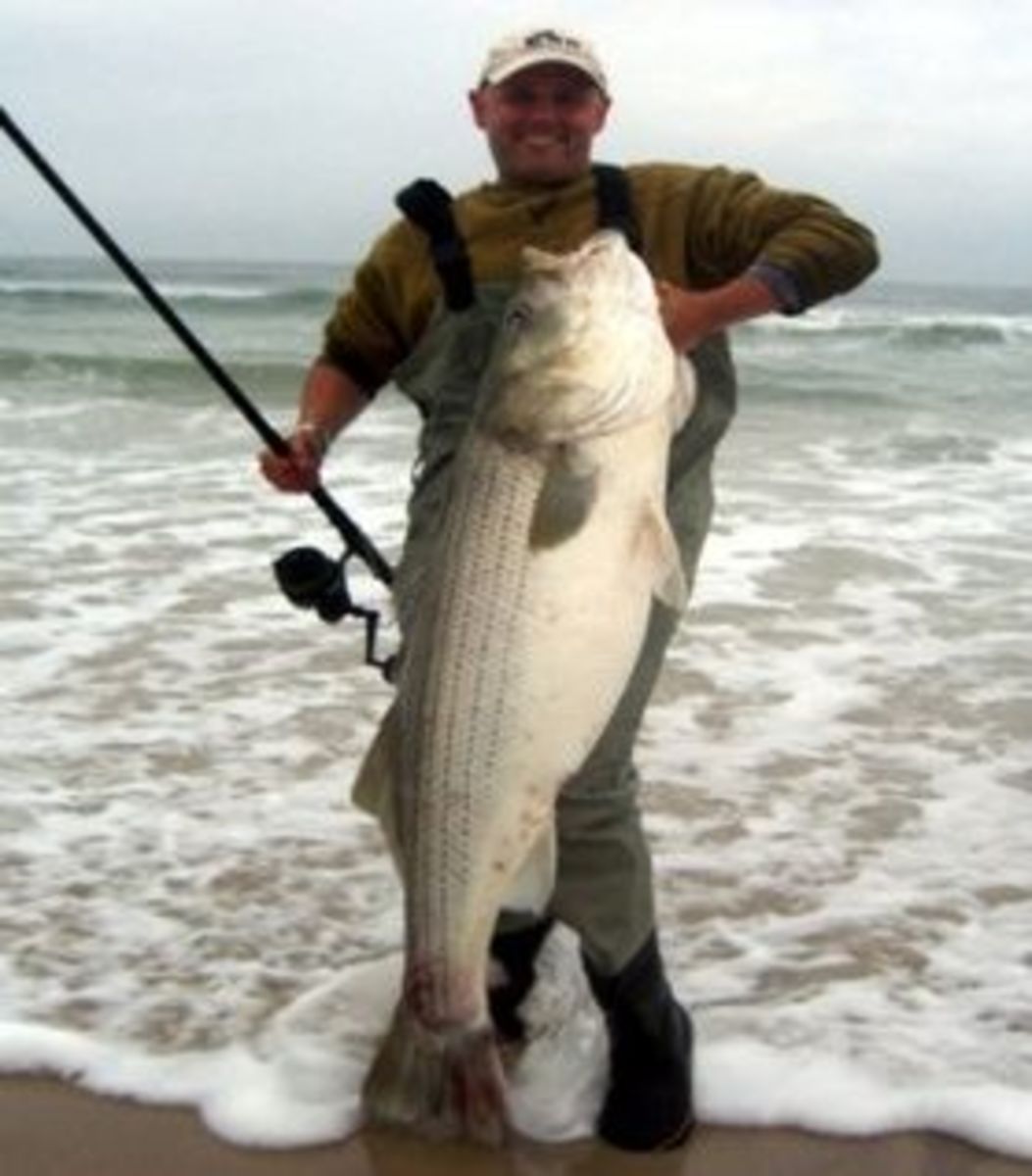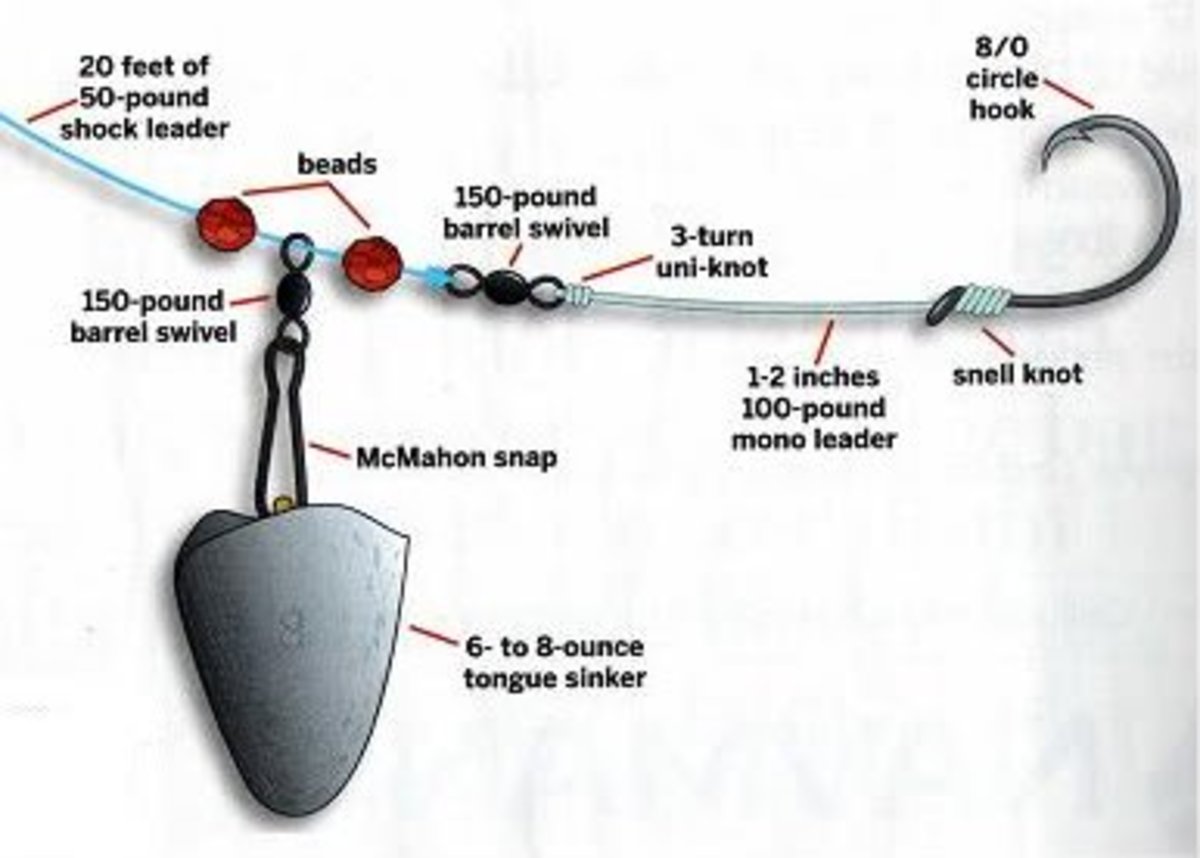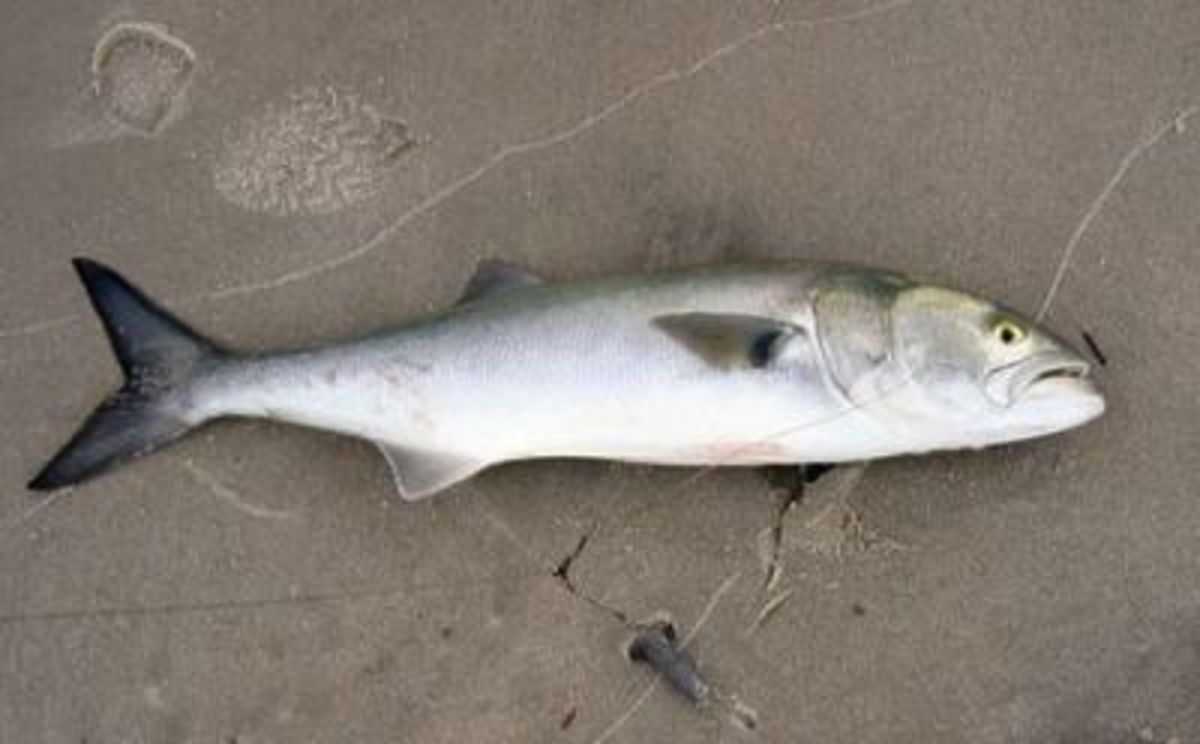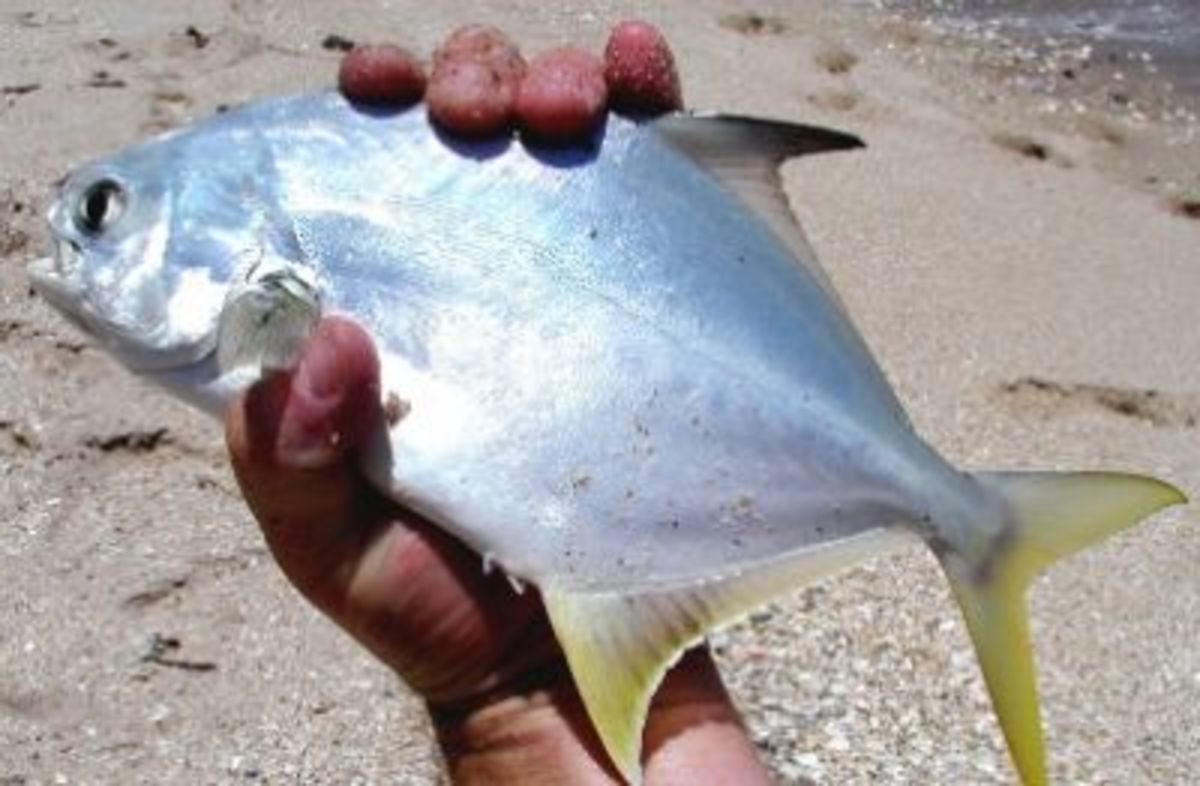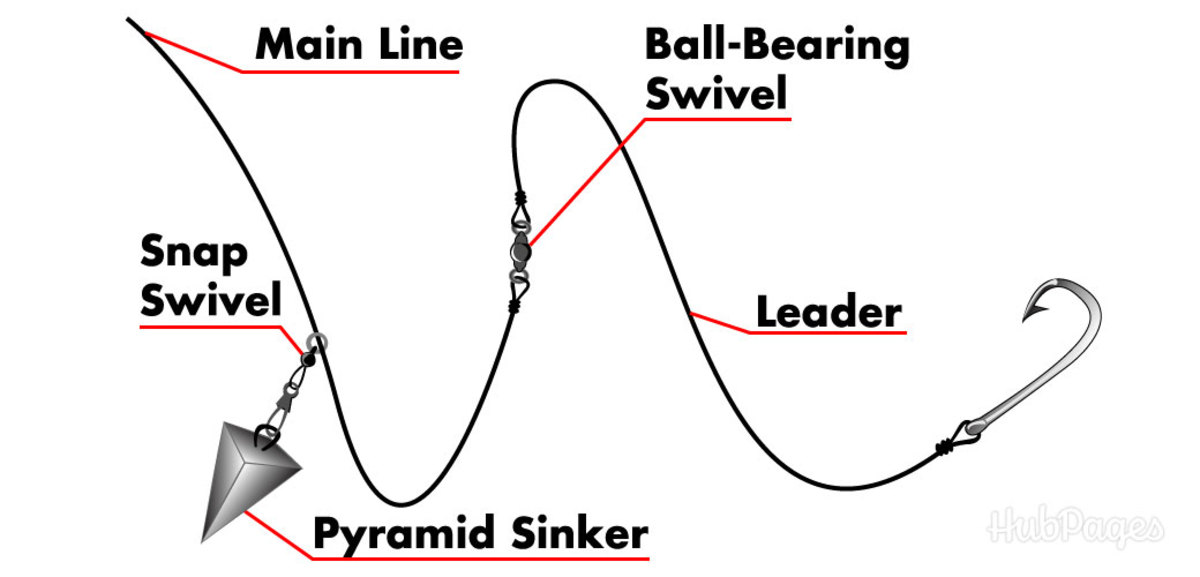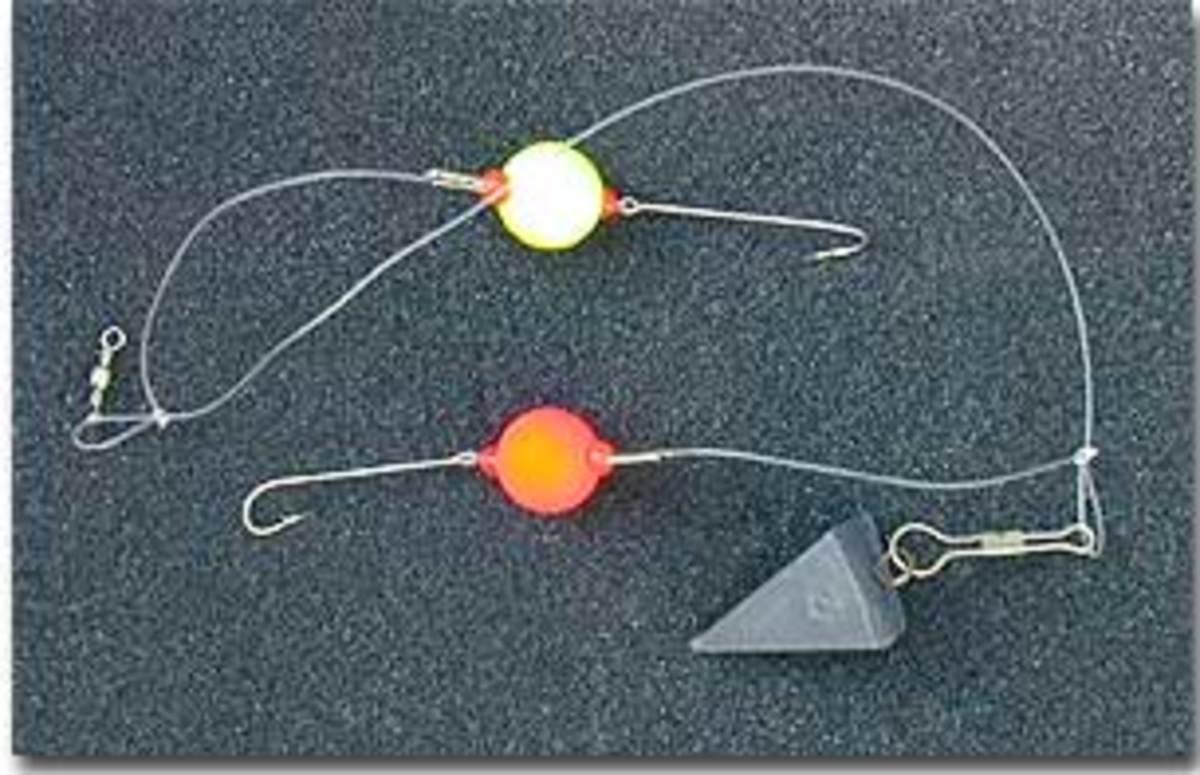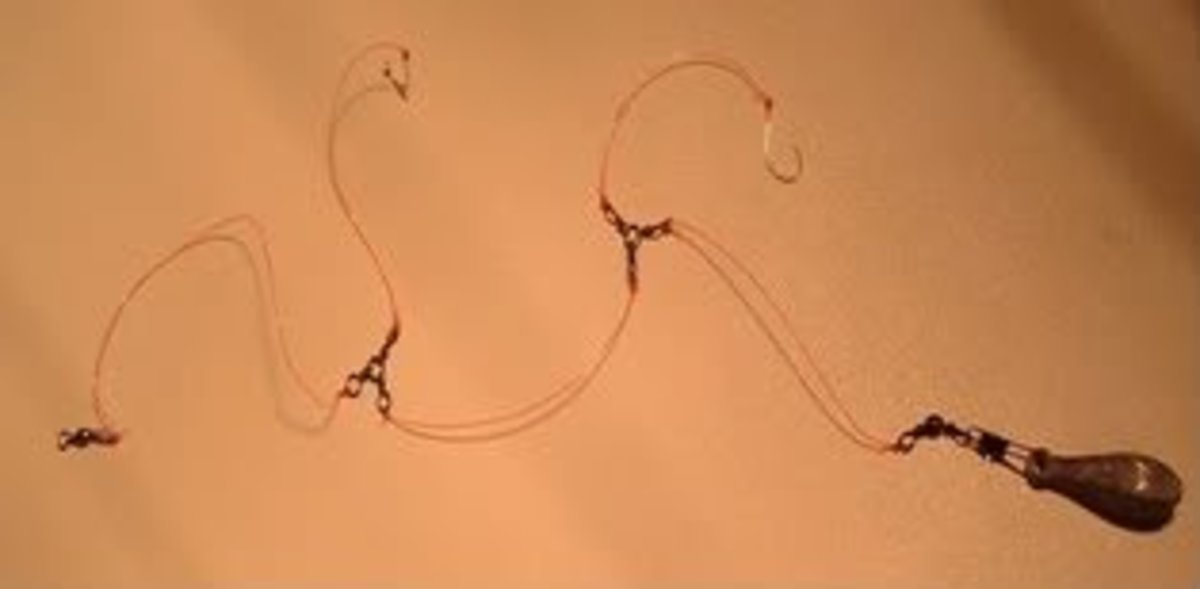Gear Required
Jig fishing works best on baitcasting equipment for several reasons: they are generally used with heavier line around thicker cover, and the weight of the lures makes them better on heavier baitcasting gear. A rod that is between 7’ and 7’6” in length with a medium-heavy action is an ideal jig rod. A baitcasting reel spooled with 12–17lb test fluorocarbon line rounds out the entire combination. The rod and reel should be sensitive enough to detect bites yet strong enough to get a good hookset when a bass bites your jig.Jig Types
Standard Jig
The standard jig works great for short casts to submerged cover, but it works equally well in deeper water fished along the bottom after a long cast. These jigs are among the most versatile and common of all bass lures. The 3/8oz and 1/2oz sizes work well in nearly all situations, but sometimes heavier or lighter jigs are better. The lighter style works better in shallower water or when anglers want a slower fall from their jig, and the heavier models are better for deeper water.Football Head Jigs
Like the name implies, the football head has a unique head design that resembles the shape of a football. This design allows great contact with the bottom, enabling you to stay in touch with your lure while not hanging up as much as with other jigs due to the head design. These jigs excel around rocks, and they work well from mid-range depths to much deeper water. Ideally, a football head works best in water between 10 and 50 feet deep. When it comes to sizes, the 1/2oz football head will cover most situations, but lighter jigs will allow an angler to get a slower fall. Heavier jigs, from 1/2oz to over 1oz, work well in heavy current or deep water.Swim Jigs
Any jig could theoretically be used with a swimming retrieve, but the swim jig is specially designed with a pointed head to come through grass and cover while being retrieved. While most jigs are best when making contact with the bottom, the swim jig is best in motion in the middle of the water column. The swim jig is effective in shallow water less than ten feet deep and anywhere there is grass or wooden cover in the water. Since swim jigs are normally fished in shallow water, they are often much lighter than other popular jig types. Swim jigs sized 3/16 or 1/4oz are popular sizes, with 3/8oz being among the heaviest swim jigs bass anglers use.Trailers
The trailer added to the end affects the action of the bait, the forage it is emulating, and the overall appearance of the jig. Soft plastic trailers are the most popular option for their convenience and array of styles and colors available. When rigging the trailer to your jig, it is important to make sure it is rigged straight on the hook of the jig so the action is not affected and it appears natural.Creatures
There are many creature baits on the market with multiple arms and appendages. While they may not look exactly like something in nature, the movement attracts bass. These work well when used as a trailer for all types of jigs, especially swim jigs.Craws
The jig can look just like a crawfish moving along the bottom when paired with a soft plastic crawfish. They come in many colors to match all jig skirts, and the added appeal of the claws creates a total package. These work well for all styles of jigs.Chunks
Soft plastic chunks also imitate a crawfish, with the two arms of the bait undulating with each movement of the jig. Chunks are a good option for standard jigs.Grubs
The double-tail grub is another way to make your jig look like a crawfish or small fish swimming along. The tails look like a fleeing crawfish, and they create an enticing movement underwater. Grubs are an excellent choice for all types of jigs.Selecting Colors
Jigs most often imitate crawfish, so colors that resemble them work well for most situations. Green pumpkin, watermelon, and other similar natural colors are good choices for most jig fishing. When fishing dirty or stained water, a black and blue jig and trailer work well to ensure that the fish can see the bait.Jigs also imitate bluegill, sunfish, and shad if the colors match the forage. When imitating bluegill, a green pumpkin or jig with shades of blues will help “match the hatch” of what the bass are eating. When trying to imitate shad, white skirts with a white trailer work well.
Where to Use Them
The appeal of jigs when fishing for bass is that they can effectively be used in many situations. Their weedless design allows them to be fished in heavy cover. There is no wrong place to use them, but they are among the best choices for bass anglers around rocks, grass, wood, and docks.Retrieves
The jig works great with short casts, pitches, and flips to visible cover. Often, the bass will grab the lure as it falls, so it is always important to watch your line as the jig is falling. Once the bait hits the bottom, short hops that keep the bait near the bottom during your retrieve are best.One of the best ways to use a football head is also the simplest: drag the jig along the bottom. Cast it out, let it sink, and then use your rod to slowly move the bait along the bottom before you reel to pull in the slack. The football head can also be used with short hops along the bottom.
The swim jig can be fished with a steady retrieve back to you. Small movements with your rod and pumps with your rod will allow the bait to move up and down in the water column as you retrieve your bait.
Modifications
A jig right out of the package is ready to catch fish, but two simple modifications can increase hookups and change the action of the lure: trimming the weedguard and skirt.Most jigs come equipped with weedguards to protect the hook from weeds, rocks, and debris. They work great for keeping you from snagging into cover, but they are often stiff and too long. To adjust the length of the weedguard, cut a small length of the weedguard off with scissors. An approximately ¼-inch section is usually best as long as the end of the weedguard is still longer than the point of the hook.
Another modification many bass anglers use is to trim the length of the skirt. By cutting it just below the bottom of the hook while the jig is vertical, you can get a more compact appearance for your jig.
The three major types of jigs will allow you to fish nearly all depths and catch bass in all seasons. The jig is one of the most versatile bass lures, and it has a reputation as being one of the best ways to catch a big bass. By selecting the right style of jig, utilizing the correct retrieve, and matching the appropriate skirt color and trailer, you can maximize your success when fishing jigs.

